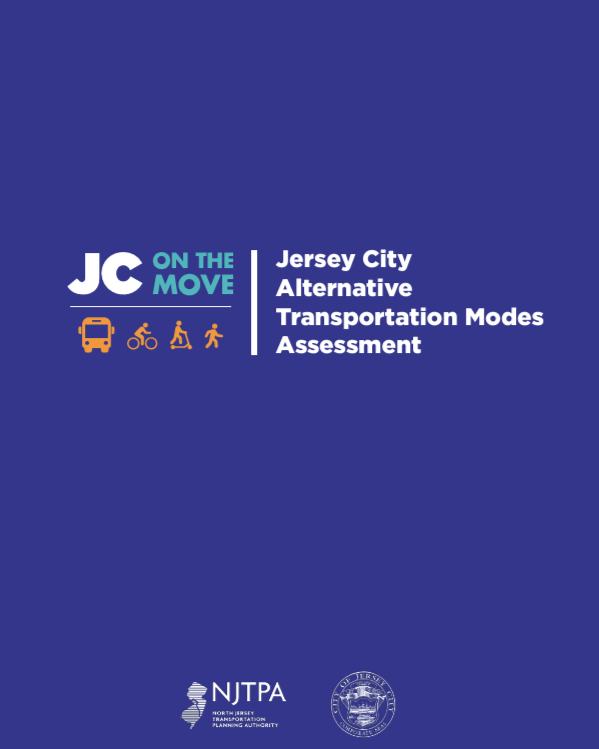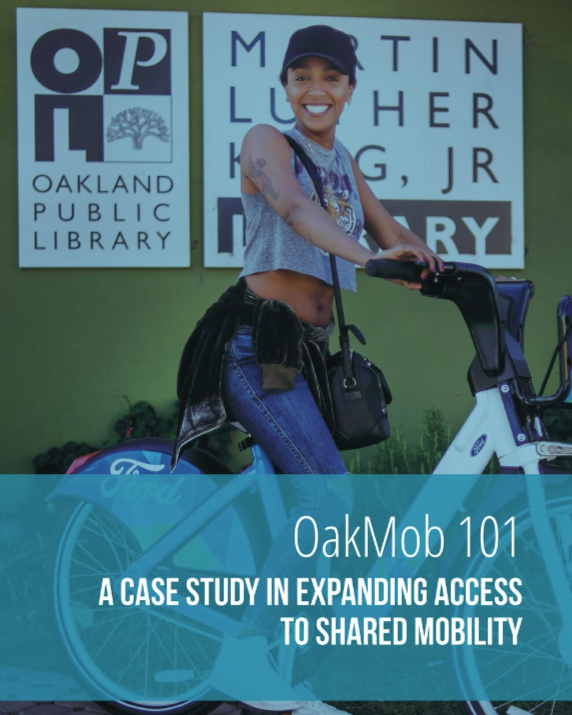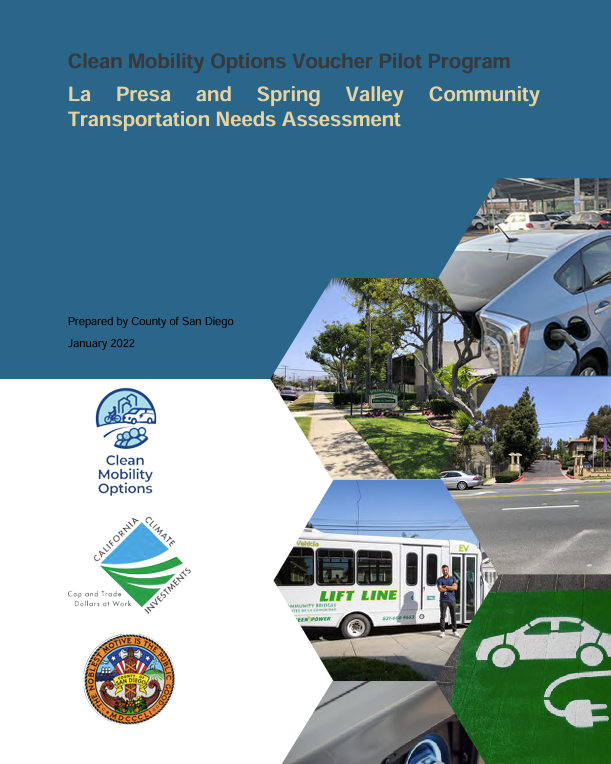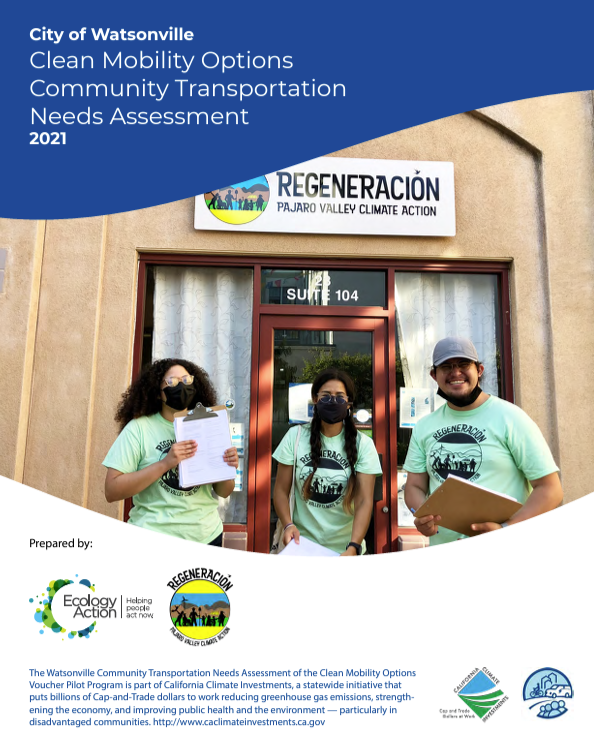
STEP 3: Developing Solutions
This step provides insight on how to develop meaningful solutions that can meet the community needs identified in Steps 1 and 2. It also explores electric, shared-use transportation (eMobility) as a solution and provides information on potential funding opportunities.
Remember, engagement shouldn’t stop once your community transportation needs assessment (CTNA) is complete. Keep the lines of communication open among organizers, municipal leaders, and community members to build these relationships and promote ongoing community involvement in the transportation planning process.
A. Community-Led Solutions

Use the information gathered from Steps 1 and 2 of your CTNA to develop possible solutions and determine which could best meet your community’s unique needs. Evaluate each, taking into consideration its potential impact, including both benefits and risks to the community.
You may consider:
- How well the option addresses the needs identified by the community
- How the community feels about the option
- If your organization has the resources and funding needed to implement the option
- How long it would take to implement the option
eMobility as a Solution
Your CTNA results may indicate that shared-use, electric transportation (eMobility) could benefit the community. During your community engagement activities, you assessed residents’ interests in and perceptions of eMobility. Once you’ve received this feedback, compare it to the data and research gathered in Step 1 to see which eMobility mode might work in the community.
Below are some examples of different eMobility models with links to resources and examples for each.
Fixed-Route Shuttle Service
A system of transporting people on a set route and schedule. These services typically use larger capacity vans or buses and make limited stops to help fill gaps in mass transit.

Resources & Examples:
Micromobility
Fleets of small, low-speed vehicles for short trips. Micromobility serves as a first- and last-mile option that is faster than walking or hailing a taxi. Common forms include bikeshare and scootershare. Most trips are 1-3 miles, but some can be much longer if using an electric bike or scooter.

Resources & Examples:
- U.S. DOT | Electric Micromobility Basics
- U.S. DOT Federal Highway Administration | Micromobility: A Travel Mode Innovation
- NJ Bicycle & Pedestrian Resource Center | E-Bikes, E-Scooters, and More in New Jersey
- CitiBike NJ (Jersey City and Hoboken, NJ)
- VeoRide (Asbury Park, Highland Park, New Brunswick, and Newark, NJ)
- Newark Go (Newark)
- ON Bikeshare (Perth Amboy)
Microtransit
A tech-based service that uses multi-passenger vehicles for on-demand rides with flexible routes. Microtransit usually operates in specific areas, with pickup and drop-off spots within a short walk of multiple customers.

Resources & Examples:
eMobility Hubs
Places that offer various electric, shared-use mobility services and EV charging stations to promote connectivity through zero-emission transportation. These sites are often located near public transit to facilitate longer trips while filling first- and last-mile gaps in transportation.

Resources and Examples:
Choosing & Implementing a Solution
After evaluating each solution using the considerations in Section A, you may have one or more that would work well in your community. It could be helpful to conduct additional community engagement focused on these options to help determine which would best serve residents.
Practical steps to help work toward implementing the chosen solution include:
| Engaging with relevant vendors and contractors, including eMobility service providers, site hosts, EV charging companies, EV charging installers, and local utilities. | |
| Planning potential routes, operating hours, vehicle types, and pick up/drop off locations. Data and other information gathered through Steps 1 and 2 of the Toolkit can provide insight to help you get started. eMobility service providers may also be able to help. | |
| Developing a project implementation budget. | |
| Preparing a grant application for project funding (see funding opportunities in Section C below). | |
| Working with the local municipality and county to ensure transportation policies and regulations support the project's needs and are up to date. |
Sharing Your Results
To complete your Community Transportation Needs Assessment, you can put together a summary report focused on these key questions:
- What are the existing transportation options in your community, and what and where are the transit gaps?
- Who has access to transit options, and what segments of your community face barriers to transportation?
- What are residents’ perspectives on transportation needs and potential mobility solutions?
- How well could eMobility modes serve your community? Which solution could best meet the community’s needs and preferences and what are practical next steps to implement?
C. Funding Opportunities
State, regional, and federal funding opportunities may be available to help bring your projects to fruition. Below are some examples.
eMobility Grant Program (NJDEP)
The New Jersey Department of Environmental Protection provides funding for electric, shared-use transportation solutions that improve the mobility of residents in low- to moderate-income communities disproportionately impacted by air pollution.
Regional
- Complete Streets Technical Assistance Program (NJTPA)
Supports municipalities by providing them with the knowledge, skills and resources to develop Complete Streets-related solutions. Technical assistance is provided through a partnership with Sustainable Jersey and the Voorhees Transportation Center at Rutgers University. - Planning for Emerging Centers (NJTPA)
Provides technical assistance to help municipalities create more sustainable, transit-supportive, and walkable communities, and to develop comprehensive approaches to strategic planning at the local level. - Transportation and Community Development Initiative (DVRPC)
Grant opportunity that funds local planning initiatives that build municipal capacity, enhance the transportation network, foster greater regional resilience, improve overall quality of life, promote the use of transit, bike, and pedestrian transportation modes, and protect the environment. - Travel Options Program (DVRPC)
Funds creative projects that aim to reduce the number of single occupancy vehicles on the region’s roadways and encourage and support choosing an alternative mode of travel.
State
- Bikeways Program (NJDOT)
Provides funds to municipalities and counties to promote bicycling as an alternate mode of transportation in New Jersey. - Local Aid Infrastructure Fund (NJDOT)
Discretionary funding for counties and municipalities that includes multi-model improvement projects, like safety improvements to critical bike and pedestrian locations. - Safe Routes to School Program (NJDOT)
Provides funding to counties, municipalities, and school districts for infrastructure projects, such as the installation of sidewalks, crosswalks, bike lanes, multi-use paths, traffic calming measures, and other means to ensure the ease and safety of children walking or biking to school. - Safe Streets to Transit Program (NJDOT)
Provides funding to counties and municipalities to improve the overall safety and accessibility for mass transit riders walking to transit facilities, encourage mass transit users to walk to transit station, and facilitate the implementation of projects and activities that will improve safety in the vicinity of transit facilities. - Transportation Alternatives Set-Aside Program (NJDOT)
Provides funds for community based non-traditional surface transportation projects designed to strengthen the cultural, aesthetic, and environmental aspects of the nation’s intermodal system. Eligible projects include new or improved facilities for pedestrians and bicycles, like sidewalks and curb ramps, or community improvement activities to improve streetscaping, like lighting and benches.
Federal
Before applying for federal funding, local governments and other organizations are encouraged to contact their region’s Metropolitan Planning Organization, which may be able to assist in coordinating and helping with these grant applications.
- US Digital Response's Federal Grant Finder is a free software identified by the New Jersey Department of Treasury’s Grants Management Office that enables organizations to optimize federal funding opportunities through advanced search and collaboration tools.
- New Jersey’s Infrastructure Investment and Jobs Act (IIJA) Information Hub
Provides grant information visible and digestible to municipalities, counties, departments, and stakeholders in terms of the funding opportunities that are available under the Federal Infrastructure Investment and Jobs Act, also known as the Bipartisan Infrastructure Law.




